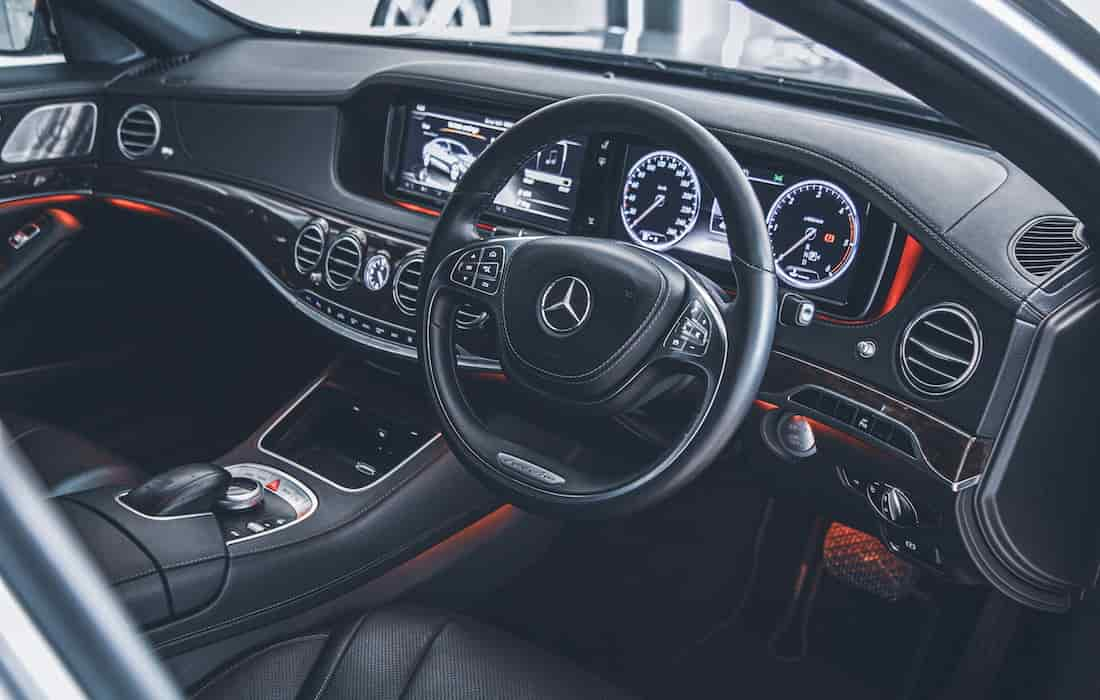The way we engage with technology has been completely transformed by augmented reality (AR), which combines the virtual and physical worlds. Although augmented reality (AR) has mostly been utilized in the gaming and entertainment sectors, it has now made its way into the automobile sector, offering countless opportunities to improve the driving experience. Drivers may access a multitude of information, from navigation to car diagnostics, by superimposing virtual information onto the actual world. Moreover, AR may be utilized to display caution and warnings and even improve the appearance of the car.
New technologies are continuously being developed to improve the driving experience as the automobile industry continues to evolve. Augmented Reality is one of the most intriguing technologies that have emerged in recent years (AR). By giving real-time information about the automobile and its surroundings, augmented reality (AR) has the potential to completely change the way we interact with our cars.
In this article on IchieTech, we’ll examine the potential uses of augmented reality (AR) in automobiles and how this technology is expected to revolutionize the auto sector.
What Is Augmented Reality
Augmented Reality (AR) is a technology that overlays computer-generated material onto the real-world environment, improving the user’s perception and engagement with their surroundings. AR is often viewed through a mobile device or specialized glasses, which employ sensors and cameras to detect the user’s surroundings and display digital information to them in real-time.
This technology has multiple uses in a variety of industries, ranging from entertainment and gaming to education and healthcare. AR may be utilized to create immersive experiences, improve product visualization, give real-time direction and information, and even aid in medical operations. AR has the potential to transform the way we engage with technology and the world around us because of its capacity to bridge the gap between the real and digital worlds.
What Does AR Mean in the Automotive Industry
In the automobile business, augmented reality (AR) refers to the use of technology that superimposes digital information, such as graphics or data, onto a user’s perspective of the actual environment, generally via a mobile device or smart glasses.
AR may be utilized in a variety of ways in the automobile sector, from aiding in design and prototyping to improving the consumer experience in showrooms or during test drives. AR, for example, may provide buyers with a virtual tour of a car’s interior, letting them interact with features and extras before making a purchase decision.
Overall, augmented reality has the potential to transform the way the automobile sector connects with consumers, creates and develops vehicles, and offers after-sales assistance.
Advantages and Disadvantages of AR in Cars
| Advantages of AR in cars | Disadvantages of AR in cars |
| Enhanced driving experience | Potential privacy concerns |
| Safer driving | Dependence on technology |
| Better situational awareness | Costly technology |
| Improved navigation | Limited usage scenarios |
| Easy and intuitive interface | Potential technical glitches |
| Personalized driving experience | Distracting while driving |
| Increased efficiency | Potential motion sickness |
| Reduced cognitive load | Limited field of view |
Types of AR Used in Cars
Heads-Up Display (HUD) and Remote AR are the two major forms of AR utilized in automobiles.
A HUD displays critical information on the windshield or a tiny glass panel in front of the driver, such as speed, navigation instructions, and alarms. This allows the driver to retain their eyes on the road while still gaining access to critical information.
The use of smart glasses or a mobile device to observe and interact with a virtual depiction of an automobile is referred to as remote AR. This may be utilized at many phases of the car’s lifespan, such as design and prototyping, as well as maintenance and repair.
Both types of AR provide benefits such as increased safety, improved user experience, and greater efficiency in design and maintenance processes. As AR technology continues to evolve, we can expect to see even more innovative uses in the automotive industry.
Also read:
Harnessing the Power of Artificial Intelligence (AI) In Cars
Examples of AR in Cars

There are various examples of Augmented Reality (AR) in automobiles nowadays. Heads-Up Display (HUD) is a common application that displays essential information, such as speed and navigation instructions, onto the windshield or a tiny glass panel in front of the driver. This allows the driver to maintain their focus on the road while yet receiving critical information.
Another example is the use of augmented reality (AR) in car design and prototyping. Engineers may utilize augmented reality (AR) to envision and evaluate various design choices, making the process more efficient and cost-effective.
AR may also improve the consumer experience in showrooms and during test drives by letting buyers interact with the automobile before making a purchase decision.
Overall, augmented reality technology is altering the automobile sector, bringing benefits such as higher safety, a better user experience, and more efficiency in design and maintenance procedures.
Benefits of AR in Cars
The automobile sector is benefiting greatly from augmented reality (AR) technology. One significant advantage is that AR heads-up displays may reflect crucial information right into the driver’s field of sight, decreasing the need to glance away from the road.
AR may also improve the consumer experience by letting customers to interact with the features and choices of a vehicle before making a purchasing decision. This can lead to increased client satisfaction and sales.
Moreover, augmented reality can improve design and prototyping processes by allowing engineers to envision and test alternative solutions more rapidly and cost-effectively.
Overall, augmented reality is altering the automobile sector, bringing benefits such as higher safety, enhanced user experience, and increased efficiency in design and maintenance procedures.
Challenges and Future of AR in Cars
While Augmented Reality (AR) has the potential to transform the automobile sector, certain obstacles must be solved before it can achieve its full potential. One problem is the requirement for more precise tracking and mapping technology, which is required for the exact placement and alignment of virtual objects in the actual environment.
Another issue is the need for more intuitive and user-friendly interfaces, particularly for non-technologists.
Nevertheless, as AR technology advances, we may anticipate even more creative applications in the automobile sector, such as individualized AR experiences for individual drivers, enhanced safety features, and even autonomous driving systems that employ AR for situational awareness.
Overall, the future of augmented reality in automobiles is bright, and as technology progresses, it will continue to provide new benefits and possibilities to the sector.
Conclusion
AR technology is fast expanding, and as it develops, we should expect to see even more innovative and successful applications in the automobile sector. AR is set to become an increasingly essential tool for automakers and suppliers as its benefits become more generally understood. Ultimately, augmented reality has the potential to alter the way we design, produce, and operate automobiles, making driving safer, more pleasant, and more efficient.










